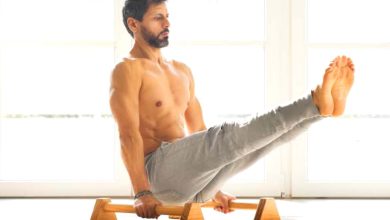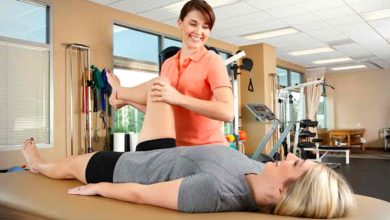The Benefits of skipping ropes: advantage and disadvantages
Skipping ropes: Suitable for your great fitness

Skipping rope, or jump rope, is a familiar and widely recognized activity, often associated with children’s play. Benefits of Skipping is very effective for lazy person. However, it is also a highly effective exercise for adults. Skipping rope is a low-cost, accessible workout that requires no special training. With a little practice, anyone can master it. It is considered an excellent form of cardio and high-intensity interval training (HIIT), and is one of the most efficient aerobic exercises. Skipping rope for an hour can burn up to 700 calories.

If you skip rope for 20 to 30 minutes daily, it can help prevent excess fat accumulation in the body. Research shows that 10 minutes of skipping rope is equivalent to running 8 miles in terms of physical exertion. Regular skipping rope offers numerous physical benefits, which we will explore in detail below.
Types of Skipping Rope Exercises
Skipping rope is a highly effective exercise with many variations, including:
1.Double Jump: The simplest and most common method, where the rope passes under the feet twice in one jump. This method burns the most calories and improves speed.
2.Single-Leg Jump: Skipping on one leg at a time, similar to running. This advanced style strengthens the core and is best attempted after mastering the double jump and cross jump.
3.Cross Jump: An intense style where the arms cross while jumping. Breaks are recommended during this exercise.
Health Benefits of Skipping Rope
1.Weight Loss: Skipping rope is highly effective for burning fat. It burns more calories than running, with 700–1300 calories burned per hour. Just 30 minutes of skipping can burn 450 calories. It is an excellent way to reduce overall body weight or target belly fat.
2.Strengthens Muscles: Skipping rope activates and tones muscles throughout the body, particularly in the lower body (hips, calves, thighs) and upper body (arms and shoulders). It also helps tone the arms and reduce fat in that area.
3.Improves Bone Health: Skipping increases bone density, reduces bone loss, and helps prevent osteoporosis. It is gentler on the joints compared to running.
4.Boosts Heart Health: Regular skipping improves cardiovascular and lung function. It enhances blood circulation, delivering oxygen and nutrients to tissues, and reduces the risk of heart disease.
5.Enhances Balance and Coordination: Skipping improves flexibility, balance, and coordination. It engages both the upper and lower body, making it a favorite among athletes.
6.Promotes Glowing Skin: Skipping induces sweating, which helps remove toxins from the skin. It also improves blood circulation, enhancing skin texture, brightness, and vitality.
7.Easy and Convenient: Skipping is beginner-friendly and requires minimal equipment. It is a low-impact exercise that strengthens the body without causing joint strain. The rope is portable, making it easy to incorporate into any fitness routine.
8.Boosts Immunity: Regular skipping enhances the body’s immune system, improves mental clarity, and increases energy levels. It also promotes cognitive function and memory.
Precautions While Skipping Rope
- Use a high-quality rope.
- Wear sports shoes to avoid foot pain; avoid skipping barefoot initially.
- Start slowly and gradually increase intensity.
- Skip on a flat surface, preferably on a wooden floor or carpet.
- Avoid jumping too high to prevent joint strain.
- Keep knees slightly bent to absorb shock and reduce pressure on the knees.
- Maintain proper posture: keep elbows close to the body, neck relaxed, head up, and back straight.
- Warm up for at least 5 minutes before starting.
- Take breaks during the workout.
Does Skipping Cause Uterine Prolapse in Women?
There is a common misconception that skipping rope can cause uterine prolapse in women. However, this is not true. Uterine prolapse occurs when the ligaments supporting the uterus weaken due to factors like pregnancy, hormonal changes, or chronic conditions. According to the American Council on Exercise, skipping rope exerts less pressure on the body than light jogging. Fit women can even skip rope during pregnancy, with a doctor’s approval. Heavy lifting or rapid stair climbing poses a greater risk than skipping rope.
Symptoms of Uterine Prolapse:
If you experience symptoms such as a feeling of heaviness in the abdomen, back pain, difficulty walking, urinary or bowel issues, or pain during intercourse, consult a doctor immediately.
Final Thoughts:
Skipping rope is a simple, cost-effective, and versatile exercise that can be done anywhere, anytime. It is suitable for all ages and fitness levels. Start with a comfortable pace, gradually increasing duration and intensity. Skipping rope helps maintain fitness, lose weight, and boost immunity. It also improves mental health, reducing stress and promoting a positive mindset. Incorporate skipping rope into your daily routine for a healthier, happier life. Remember, a healthy body leads to a healthy mind!




